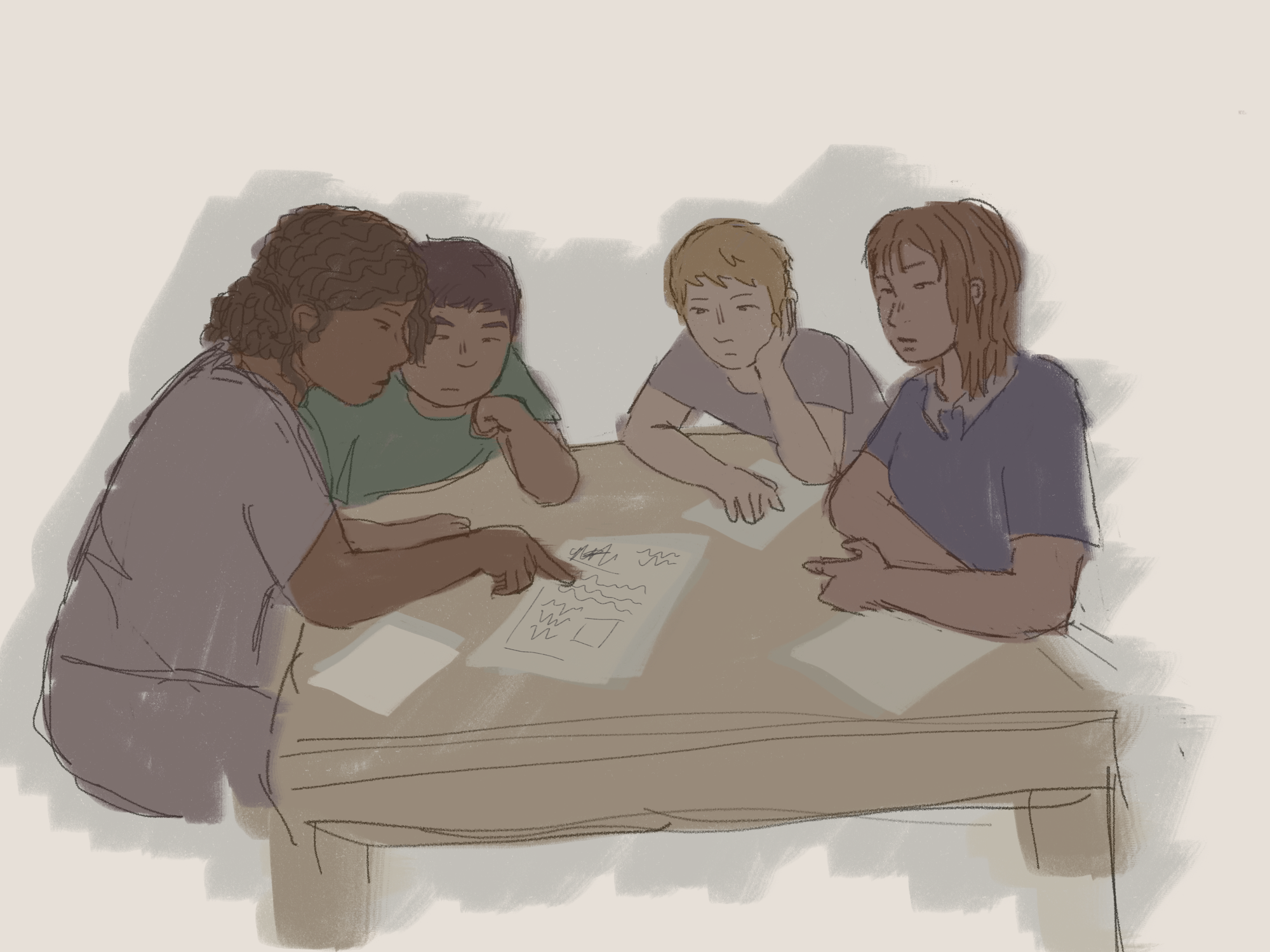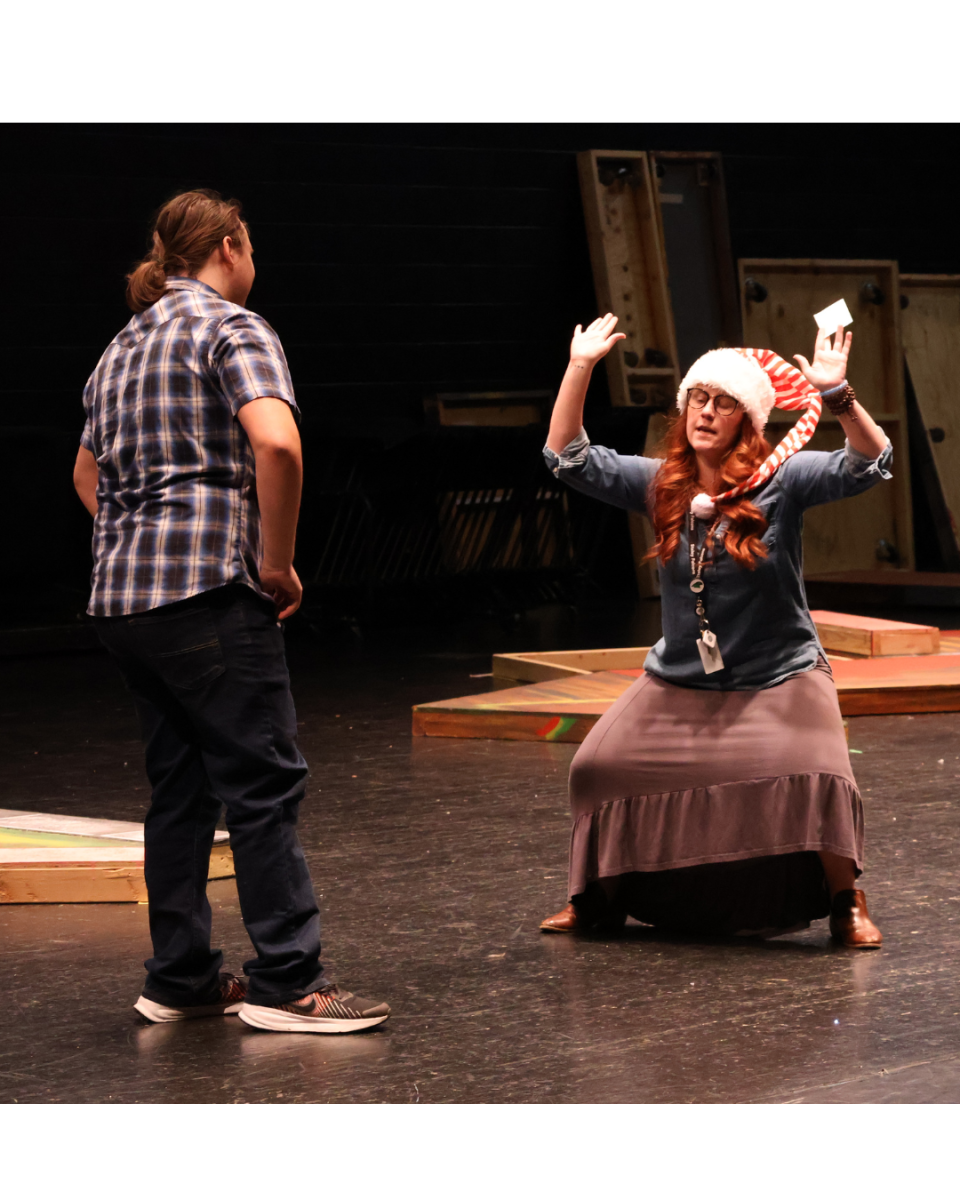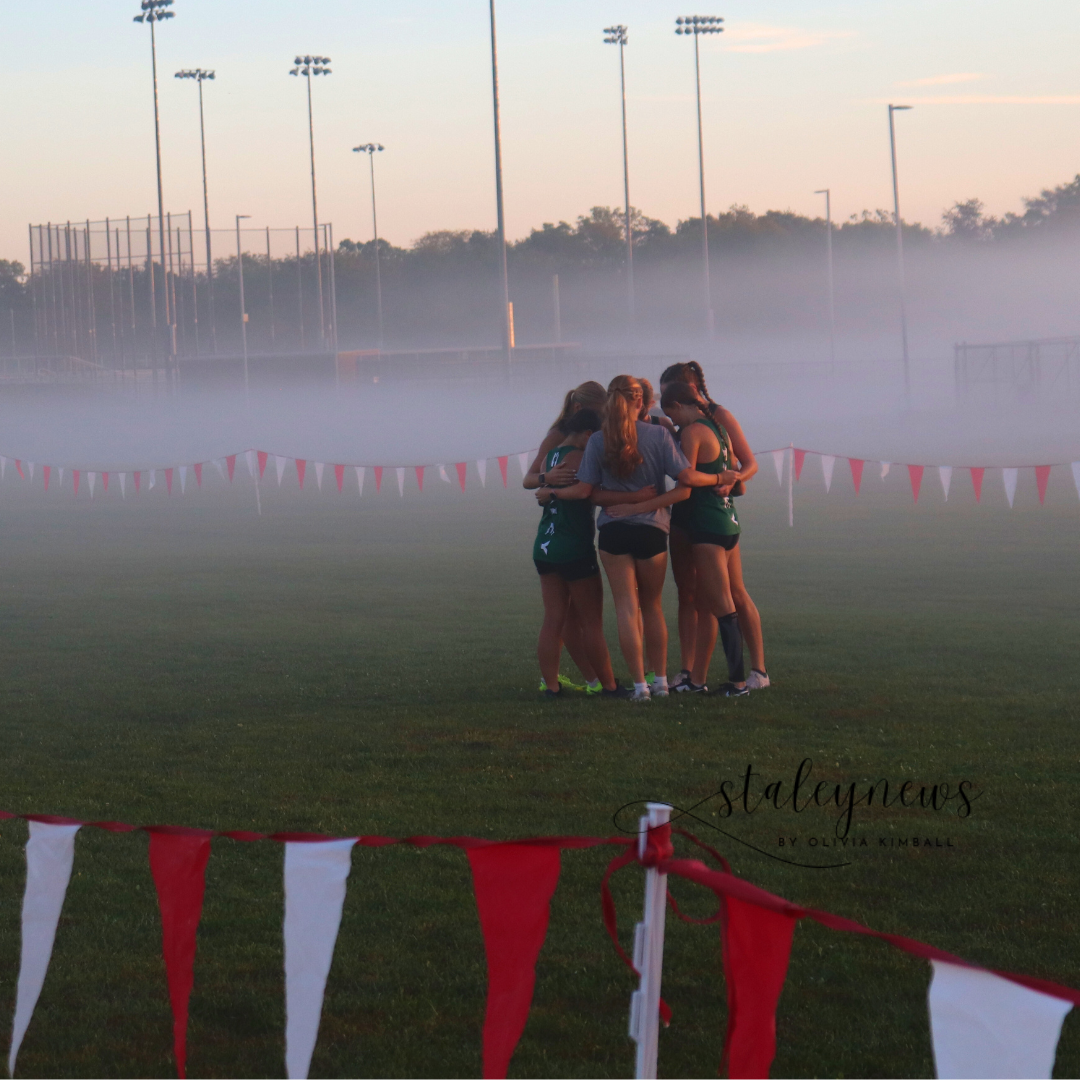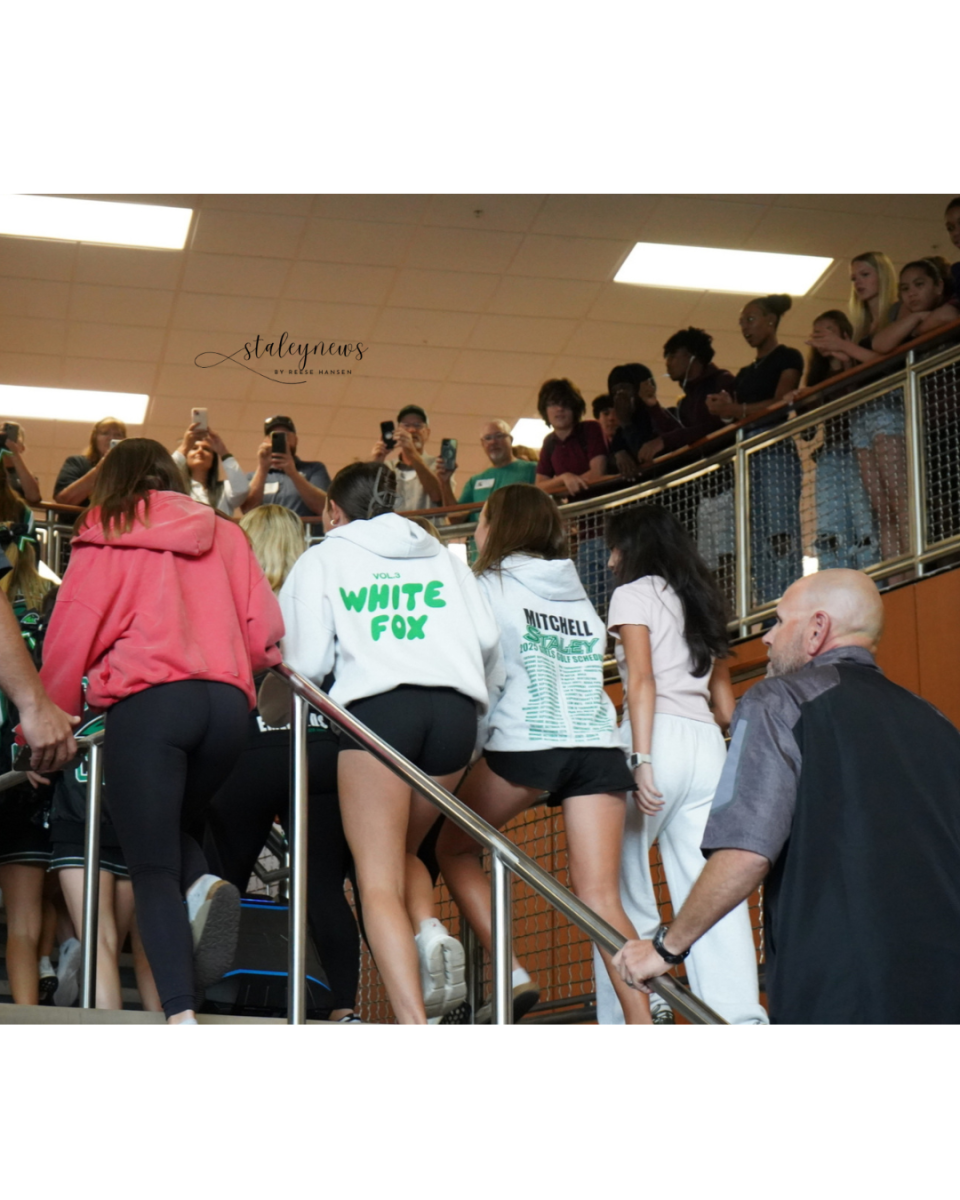Students throughout the district are involved in the gifted education program, but as students get older, the program changes when they get to high school.
“In the state of Missouri, there are different models of giftedness,” North Kansas City Schools principal of gifted programs Kate Place said. “When students get to high school, we use the gifted resource specialist.”
The district’s program is called SAGE — Students in Academically Gifted Education. The high school gifted resource specialists use the gifted program’s philosophy of exploration and rigor when it comes to how high school SAGE is set up.
“Students already get the opportunity of choice when it comes to encore and classes,” Place said. “We give that extra piece of exploration with our resource specialist when it comes to college and career planning.”
However some students say the program at the high school level is a major shift and they feel like the services drop off.
“I haven’t seen the program that much since I got here,” freshman Emiline Kim said. “I just wish there were more gifted-specific classes.”
Other students believe gifted students aren’t represented.
“I feel like our program isn’t represented well,” senior Mariska Gifford said. “I got an email this year labeled as part of the gifted program, but up until then, I forgot we even had one. Certain groups of students get extra academic opportunities, but it’s never really labeled as the gifted program.”
Gifted resource specialist Carol Toney said there is a reason for the shift.
“The way high school is set up, and the student choice, students can choose their different types of courses,” Toney said. “So, in theory, gifted students’ needs are met because they have the option for more rigorous or college level classes.”
Place also explained the difference in the way the program is set up for high school students. Instead of a focus on the Northland Innovation Center, it’s set up for college and career readiness.
“Gifted students really don’t change from the elementary to middle school level than when they get to highschool,” Place said. “We still have the same questions for gifted students: ‘What are students’ development needs?’ and when it comes to high school, most students’ needs develop differently. We can often offer these expanded talents through high school programs like orchestra, journalism and sports.”
Place added that gifted students can still need extra academic guidance for their skills in high school.
“At the same, we need to support and nurture the skills that are missing,” Place said. “At the elementary and middle school level it’s easier to do so, but at the high school level, we often still need to remember it’s a need. It’s why Mrs. Toney chases students down so well to get things finished when it comes to college planning.”
While resources for gifted students are available, Gifford said the opportunities are hard to find.
“I wish it was more discernible so it’s easier for students to reach out and find out about resources, rather than putting it all on the staff,” Gifford said. “Many of us are unsure of who to contact, and some just forget we have the resources.”
Place said they are planning to expand gifted students’ opportunities.
“We have opportunities to volunteer a lot, and we love having old students come back,” Place said. “We just opened a future-ready lab where students can do internships there. And we’ve started a high school SAGE Canvas course for students to look for things.”
Gifted students can look at the SAGE Canvas page for resources as they’re added as well as looking for emails from Toney throughout the year.




















